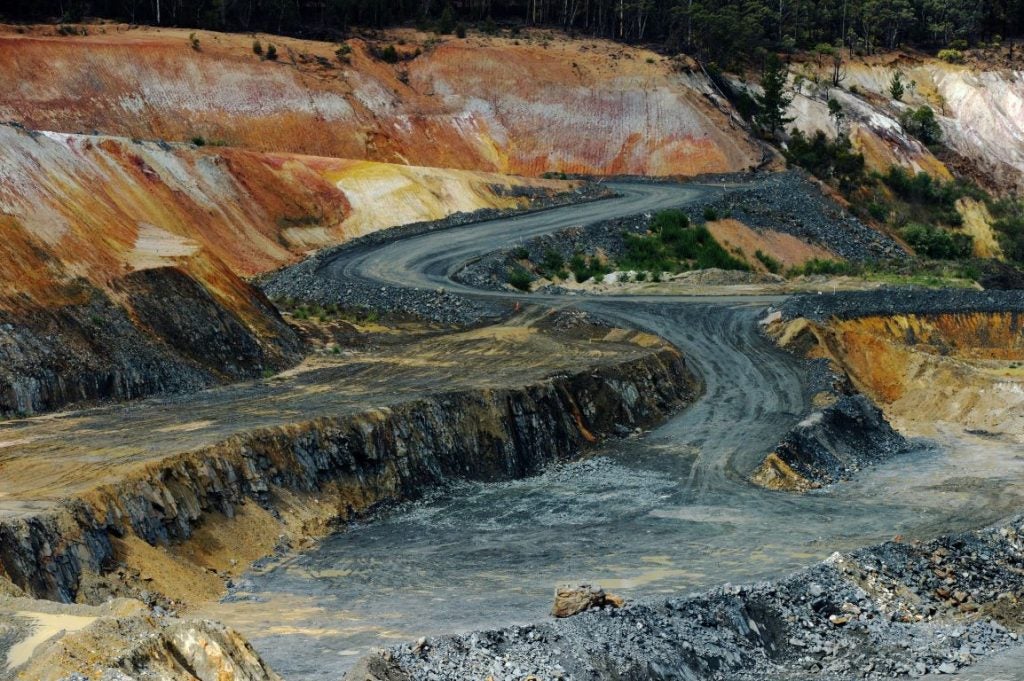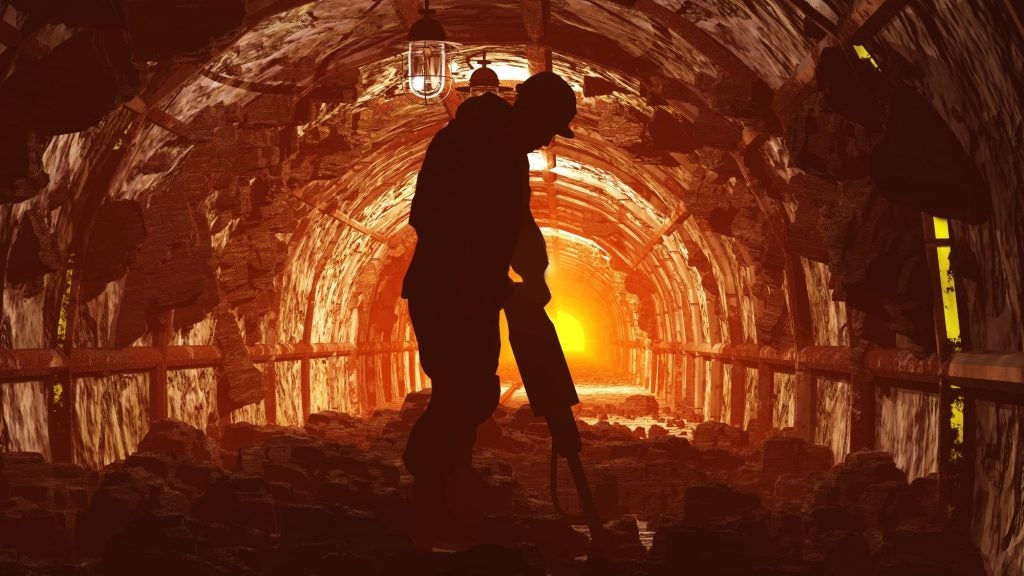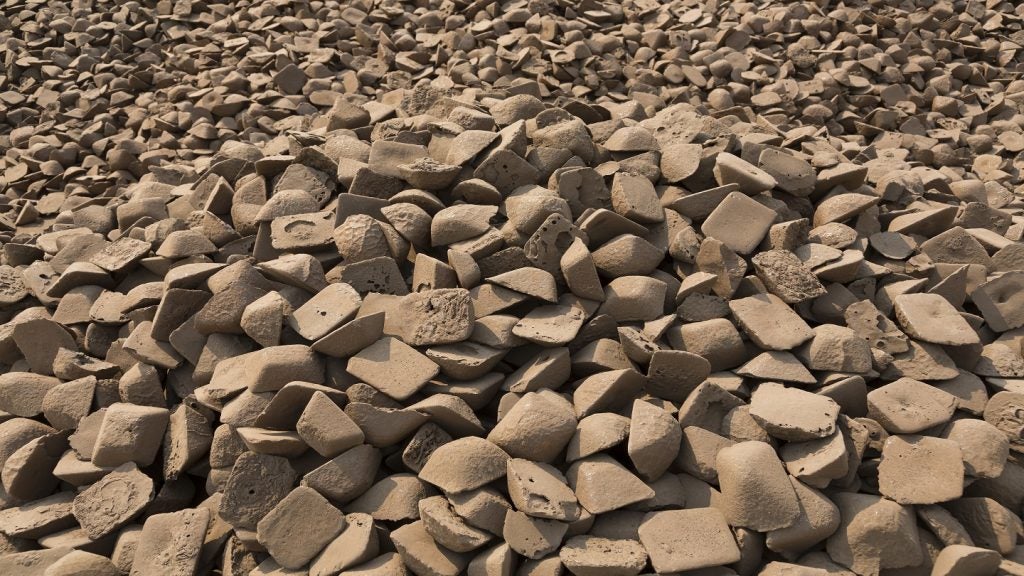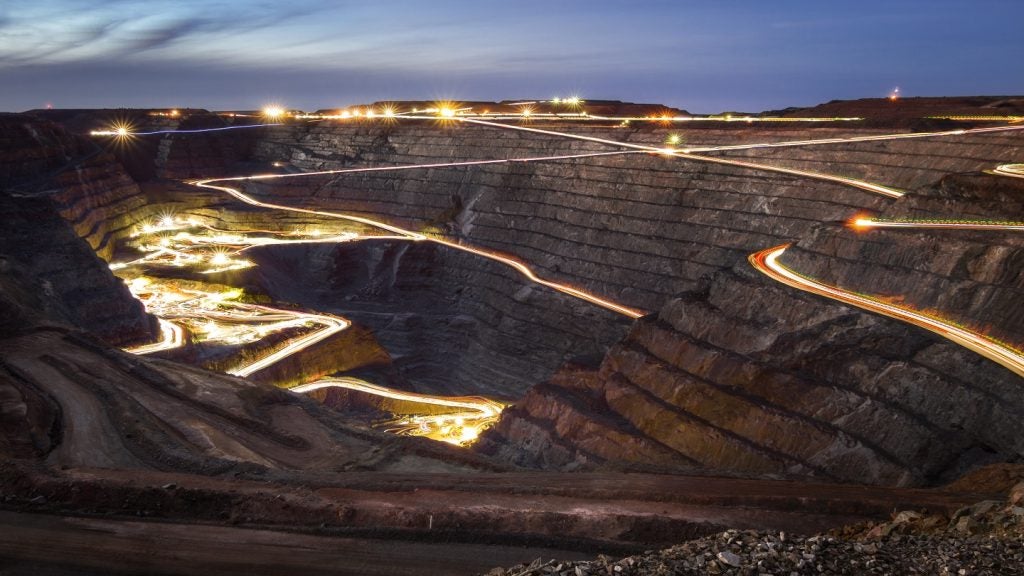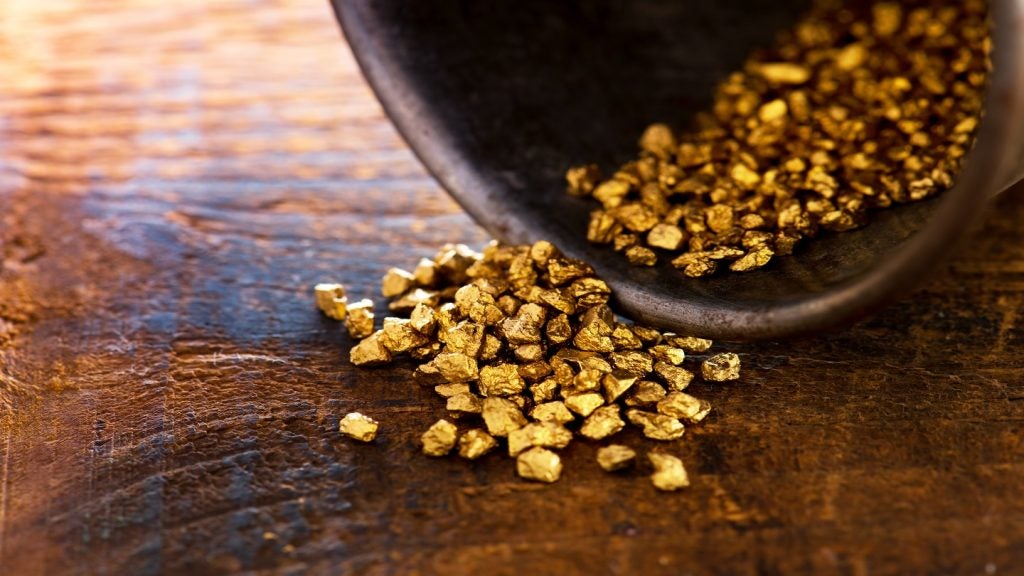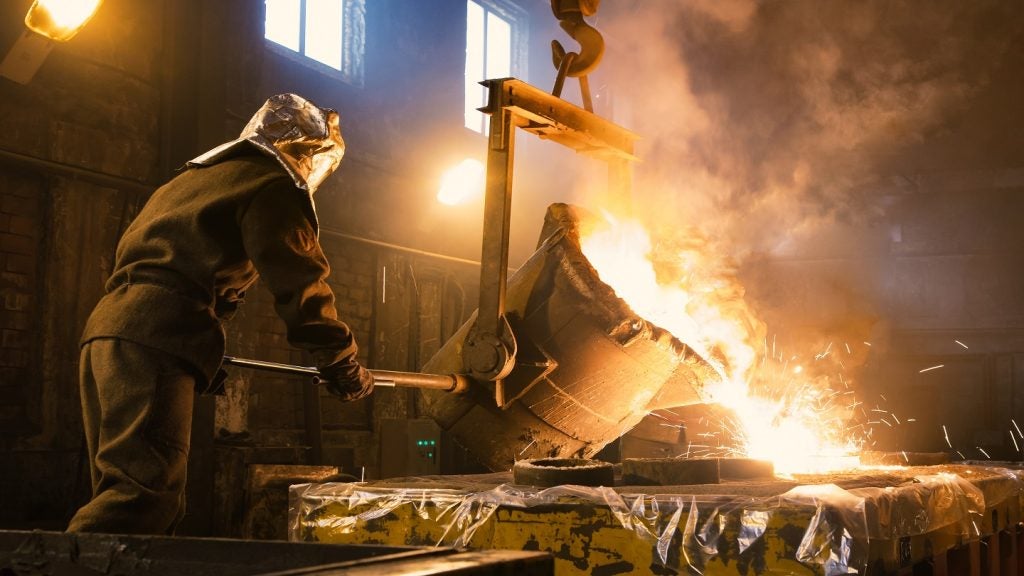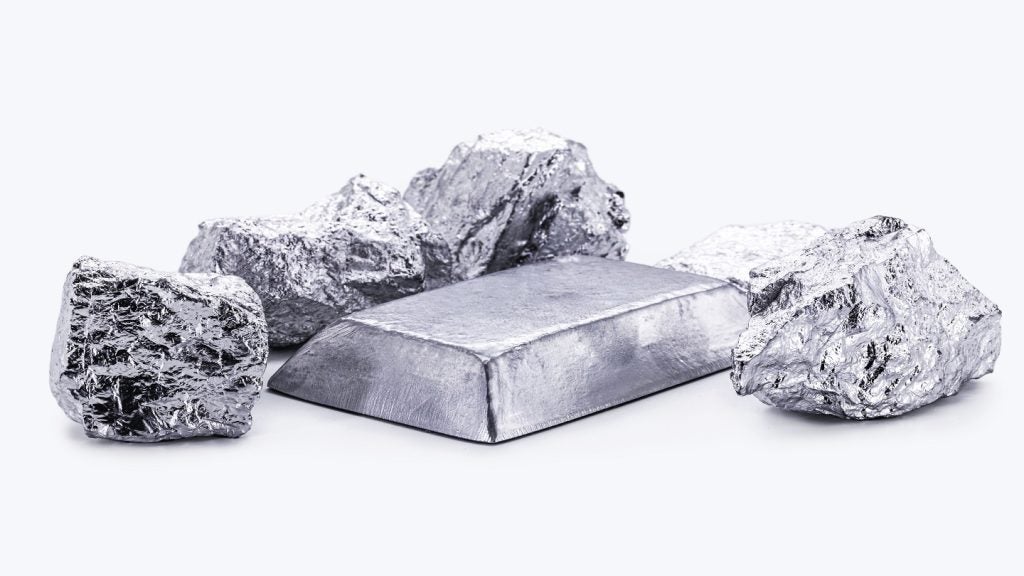The world’s transition towards net-zero greenhouse gas (GHG) emissions is driving a significant increase in demand for critical minerals such as aluminium, cobalt, copper, graphite, lithium, nickel and rare earth elements. These minerals are essential for clean energy technologies such as wind and solar power, electric vehicles and batteries.
However, alongside an increase in investment in mineral exploration and production, there are concerns over mining projects' ESG impacts including risks associated with human rights violations, bribery and corruption, emissions and broader environmental impact.
Australia is one country that has increased the exploration, extraction and processing of critical minerals. The government actively supports the development of projects nationwide while also pushing to maintain high ESG standards.
According to the government’s Critical Minerals Prospectus – which lists 52 investment-ready projects across the country – Australia must diversify its exports and imports to avoid vulnerabilities arising from volatile prices or highly concentrated supply chains. Industrial end users are increasingly looking to invest upstream to secure a stable supply of responsibly produced critical minerals and strategic materials.
“When focusing on the 'E' impact of ESG, supply chain collaboration is key to reducing value chain emissions, and Australia is an attractive region for critical minerals investments since it hosts substantial resources,” says Martina Raveni, a thematic analyst at GlobalData.
Australia has established bilateral partnerships with “like-minded” partners such as the UK and Canada to build diverse, resilient and sustainable global supply chains, especially for the critical minerals industry. Its international engagement focuses on facilitating inward investment and promoting high ESG standards.
Government initiatives and foreign investment
Australia, along with Canada, France, Germany the UK and the US, joined a new Sustainable Critical Minerals Alliance, led by Canada, in December 2022. Alliance members pledge to adhere to high ESG standards for mining and processing critical minerals.
In April 2023, Australia and the UK agreed to collaborate to increase investment in critical minerals projects, enhance research cooperation and explore new value chains. Australia pushed for the exchange of skills and expertise between Australian and UK companies and other international partners.
Minister for Resources and Northern Australia Madeleine King stated in a press release on the collaboration that the relationship with the UK “further strengthens Australia's resolve to develop our critical minerals sector".
A month later, the Australian Government approved A$50m ($33m) in grants for 13 projects to grow the country’s critical minerals industry.
“The 13 projects to receive funding under the Critical Minerals Development Program grants include plans to produce key inputs to lithium-ion batteries for electric vehicles and to support supply chains for advanced manufacturing for aerospace, medical, energy and defence applications,” King said.
Among the biggest grant winners was Australian Energy Storage Solutions, which received a grant of A$5.5m to establish a pilot manufacturing plant for precursor cathode active material in Kwinana, Western Australia. Australian Strategic Materials was awarded a grant of A$6.5m to mine, separate, refine and produce critical minerals in Dubbo, New South Wales.
In July 2023, the Australian Government invested A$57.1m to establish strategic and commercial partnerships “to develop new, diverse, resilient supply chains underpinned by critical minerals processed” in Australia, following revised ESG standards since December 2022.
On 14 February 2024, the government announced another A$40m grant for co-funding early-to-mid-stage critical minerals projects to advance international partnerships that support Australian processing and diversify supply chains.
Australia and Canada recently agreed to collaborate on improving transparency in critical minerals supply chains and promoting the need for strong ESG standards in critical minerals markets. This initiative aims to expand international cooperation on ESG in critical minerals mining, building on the partnerships with Australian and Canadian mining companies last year.
As numerous countries have initiated investments and cooperation in sustainable mining, many companies have had to revise their ESG standards and move towards net-zero GHG emissions.
“[Mining] companies need to work with downstream industries to jointly develop and implement emissions reduction initiatives such as the optimisation of transport methods and the use of cleaner energy sources and energy-efficient technologies,” Raveni says.
Rio Tinto, BHP and Fortescue: corporate sustainable mining efforts
Australian mining company Rio Tinto and Canadian miner Fortune Minerals joined forces in September 2023 to develop new technology to improve the recovery of critical minerals such as cobalt and bismuth from smelter waste streams.
The two companies said they would conduct tests at Rio Tinto's Kennecott integrated copper mining and smelting operations in Utah, US, and Fortune's planned refinery in Alberta, Canada. Fortune's cobalt and bismuth refining operations will process co-product streams of minerals recovered at Rio Tinto's Kennecott smelter.
Rio Tinto aims to play a leading role in decarbonising the mining sector in Australia. To support the Paris Agreement, the company plans to achieve net-zero GHG emissions by 2050 and reduce its Scope 1 and 2 emissions by 15% by 2025 and 50% by 2030. “We estimate that we will invest $5–6 billion in decarbonisation projects, predominantly in the second half of the decade,” the company has said.
“Many mining majors in the country [Australia] have set net-zero targets for operational [scope 1 and 2] emissions [since December 2022]," notes Raveni. "Fellow Australian mining giant BHP has reduced its total scope 1 and 2 emissions by 3.9 million tonnes of carbon dioxide equivalent, a 24.1% reduction [since then]," she adds.
In June last year, BHP said it was making progress towards cutting its operational emissions by at least 30% by 2030, compared with 2020 levels. However, the company also acknowledged that its journey towards achieving net-zero carbon emissions was challenging and would be “non-linear”.
“Investment in such things as the copper-intensive shift to electrification and nickel-intensive batteries, both required under our 1.5°C scenario, would contribute to significant increases in demand in the next 30 years compared to the last 30 years,” Graham Winkelman, BHP’s head of carbon management, sustainability & climate change, said in a presentation last year.
“Intense regulatory pressure on ESG credentials, and carbon emissions specifically, means mining companies need a net-zero strategy. Most mining companies [have] started to address ESG concerns, setting 2050 as the target year for achieving net-zero carbon emissions. In the interim [2025–35], they will implement shorter-term emissions reduction goals, typically aiming for around a 30% reduction by 2030,” Raveni says.
A third Australian mining giant, Fortescue, has been leading the way in promoting sustainable mining practices. Over the years, the company has made significant strides in reducing its environmental footprint and increasing its use of renewable energy sources.
However, this transition has not been without challenges. The company faced significant internal disagreements regarding the path towards a greener future, which resulted in a series of organisational changes last year aimed at aligning the company's vision and goals. Despite these challenges, Fortescue remains committed to sustainable mining and continues to be a driving force for ESG in the industry.
“Within the mining industry, we have been seeing progressive attention towards scope 1 and 2, which make up around 40% of total emissions, suggesting that ESG goals are not blind promises,” comments Raveni. “[However] scope 3 emissions do not yet seem to be fully addressed, notwithstanding they account for around 60% of the mining sector’s total emissions,” she adds.
The progress made by the Australian Government and Australian companies towards more sustainable mining is evident. However, experts suggest it will take time for the country to meet the highest ESG standards.
Raveni says: “There is a long way to go. One year [since Australia joined the Sustainable Critical Minerals Alliance] is too short to see [across the board] concrete improvements in the Australian mining market. Specific impacts will depend on factors such as the time needed to implement new initiatives, enforcement of them, supply chain partners' collaboration and market volatility concerns.”


